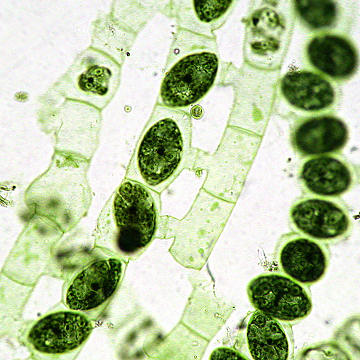I currently have an experiment in progress with the goal of testing if AM fungi aid in the establishment of seedlings that exhibit epicotyl dormancy. One of the experimental treatments involves planting a seed with that trait along with seedlings of Sugar Maple (Acer saccharum). The Sugar Maple is included as a carbon source in the symbiotic relationship. The reason I am using Sugar Maple is that it forms mycorrhizae with AM fungi, unlike most other trees which associate with ectomycorrhizae.
Unfortunately the germination rates for the Sugar Maple seeds have been very poor so the experiment is not likely to yield results that would survive peer review. However, those that have are already exhibiting what appears to be a significant difference in size between the treatments with AM fungi and those without.

The Maple seedlings on the right were treated with spores of several Glomus spp. shortly after germination. The seedlings on the left were grown in sterile media with no Glomus spp. In a few months I plan to remove the seedlings, dry them and then weigh them. A portion of the roots will be saved and examined for the presence of aseptate hyphae.


